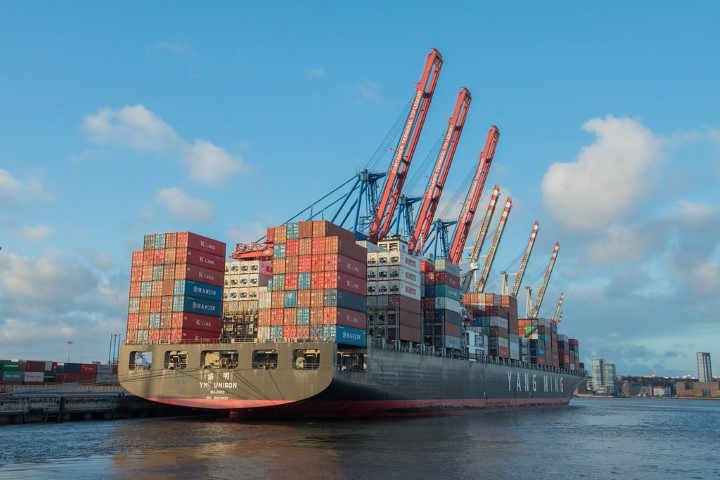
In early June, global container shipping rates surged to levels not seen since the pandemic—yet analysts now suggest that these rates may have reached their short-term peak.
According to Reuters, average global container spot rates jumped by 41% in one week and over 70% within a month, reaching $3,527 for a 40-foot container. The Shanghai–Los Angeles route saw the sharpest increase, with spot prices soaring to $5,876, nearing the highs of late 2021.
🌐 What’s Driving the Surge?
The main factor behind the spike is a temporary easing of trade tariffs between the U.S. and China, triggering a rush to restock inventories ahead of potential future restrictions. This surge has overwhelmed available container capacity and pushed rates to extreme levels.
📉 Is This the Peak?
Experts believe that shipping prices are unlikely to climb much further. With many importers already having restocked and shipping contracts recalibrated, spot rates are expected to stabilize in the $5,000–$5,500 range by late June.
Moreover, forward bookings suggest a plateauing demand curve—a key sign that the current rate surge is a short-term response rather than a sustainable trend.
⚓ Strategic Implications for Shippers
- Cost Planning: Businesses dependent on transpacific shipping should expect higher-than-average costs in Q2 but prepare for a potential correction in Q3.
- Capacity Constraints: Operators like Maersk and Hapag-Lloyd may face scheduling bottlenecks, affecting reliability.
- Geopolitical Sensitivity: Future tariff adjustments or political friction could again cause unpredictable rate swings.
- Stocking Strategy: Retailers and manufacturers should avoid over-ordering in anticipation of price hikes that may not materialize.
🔎 Looking Ahead
While the current rate hike has alarmed some in the shipping and logistics sectors, many analysts argue it’s part of a temporary rebound, not a new normal. The global shipping industry remains highly sensitive to macroeconomic trends, trade policy shifts, and geopolitical developments.
Staying agile and closely monitoring trade flows will be key for businesses navigating the rest of 2025.
